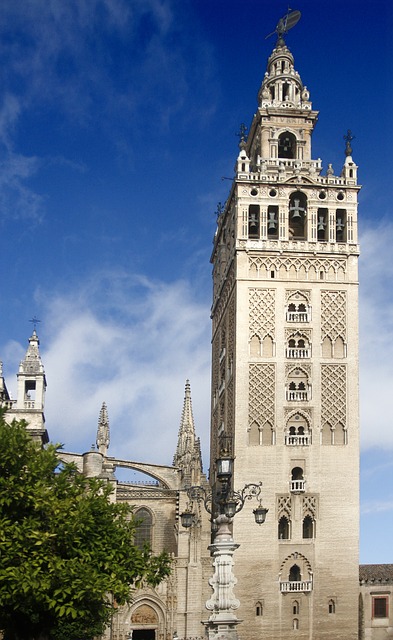In 711 CE, an army of Arab and Amazigh (or Berber) warriors, fighting for the Umayyad dynasty, led their first successful invasion of the Iberian Peninsula. At that time, Hispania was mainly under the control of the Visigoths, a Germanic people who had sacked Rome three centuries before. The Muslim armies, inspired by the zeal of a new religion, proved unstoppable. Within fifty years, they were threatening the borders of what is now France. Most of the Iberian Peninsula became known as Al-Andalus, a land combining cultural traditions of the Arabs, Amazigh, Jewish people, and Western Europeans.
Al-Andalus grew into a prosperous commercial hub, funneling trade between the Islamic and Christian worlds. Its citizens made advances in astronomy and mathematics and translated the works of ancient Greek philosophers to be rediscovered by the rest of Europe. They built grand monuments and mosques, including Alhambra and the Mosque-Cathedral of Cordoba.
Islamic rule in the Iberian Peninsula lasted, in some regions, for nearly 800 years. It was only in 1492 that the Reconquista drove the last Islamic monarch from the Peninsula. But even as Spain and Portugal enforced Catholicism, sometimes brutally, the legacy of Al-Andalus endured. This video from the Library of Congress features historian Peter Wien as he discusses the significance of Al-Andalus and its continued use as a symbol among Arab cultures.
About TOTA
TOTA.world provides cultural information and sharing across the world to help you explore your Family’s Cultural History and create deep connections with the lives and cultures of your ancestors.


